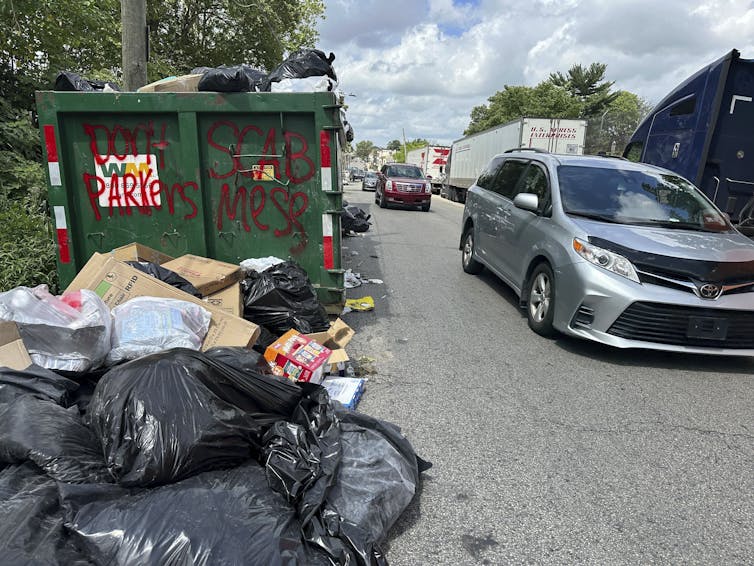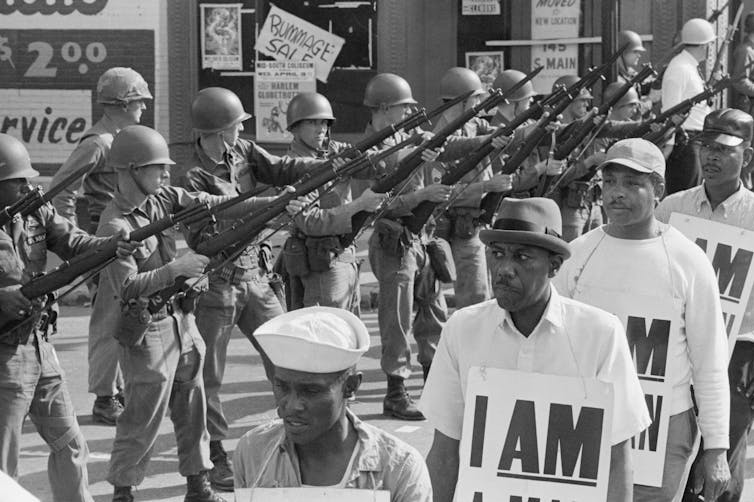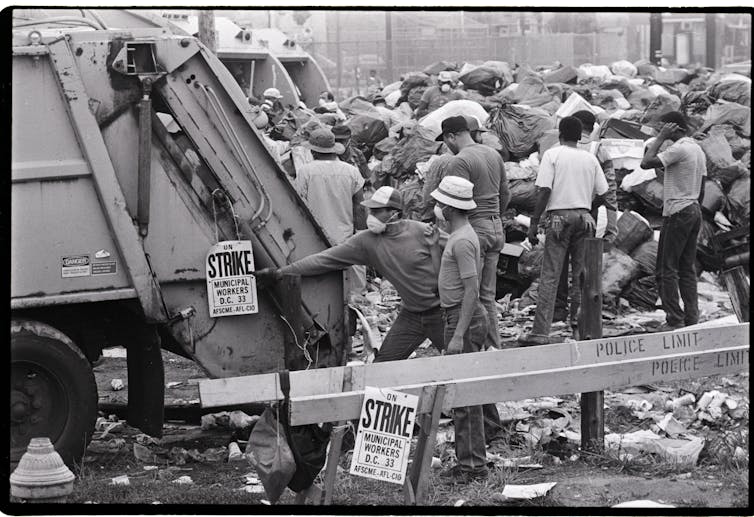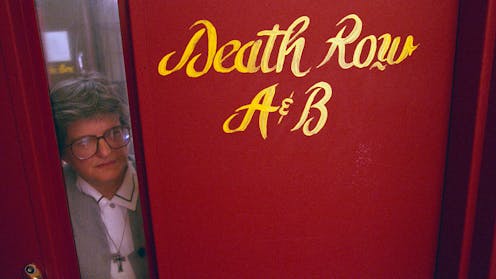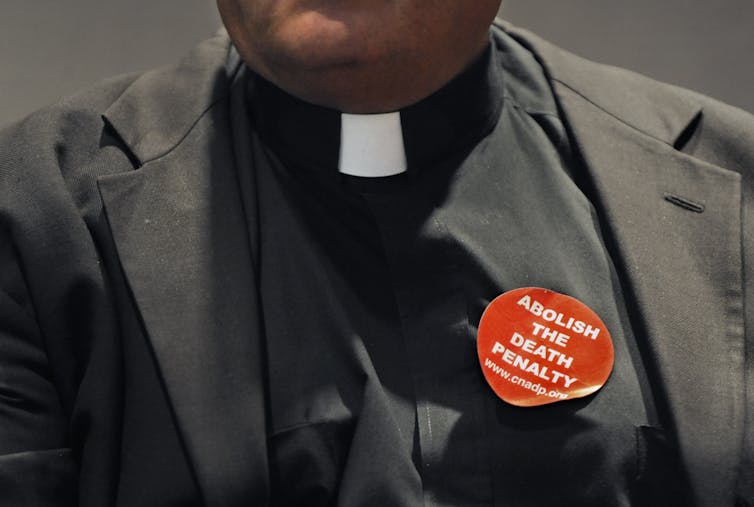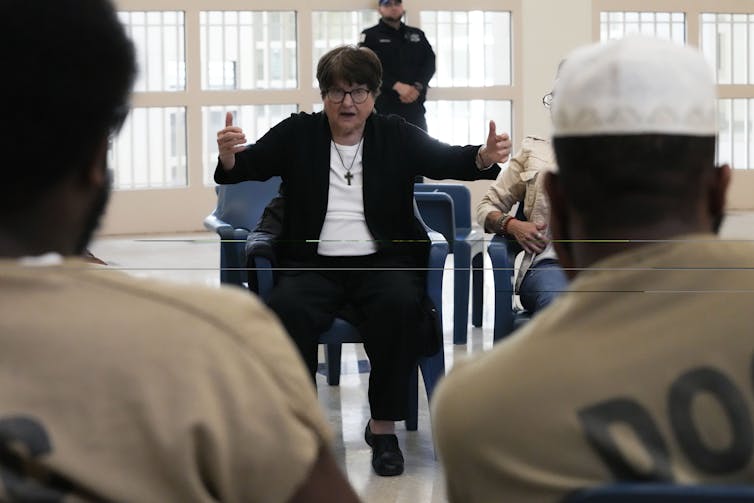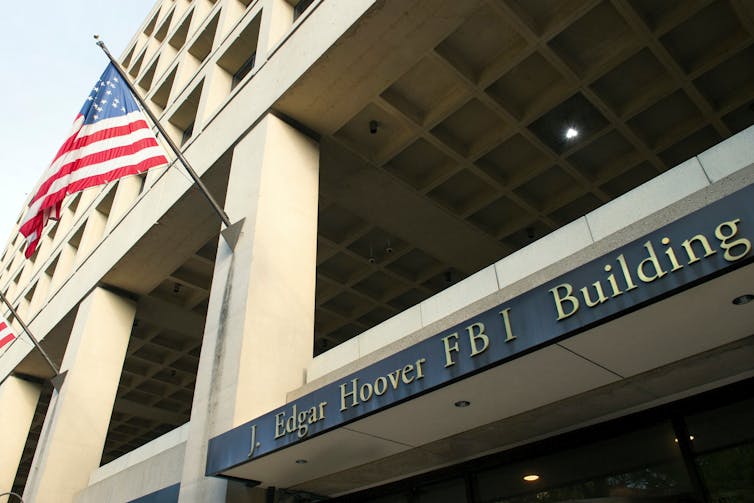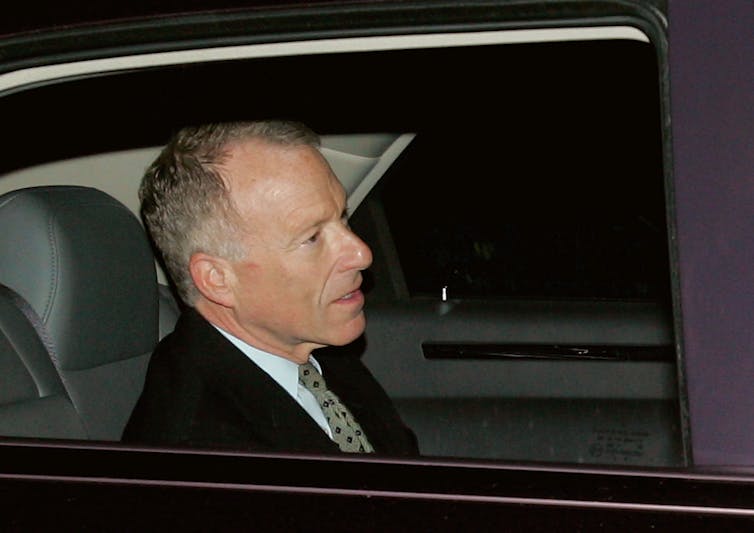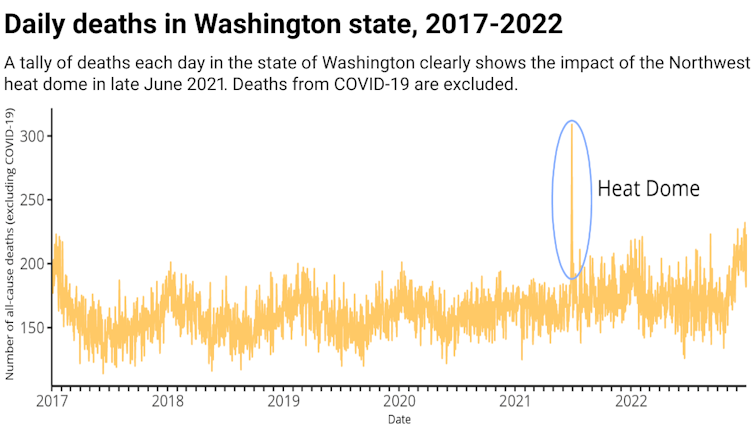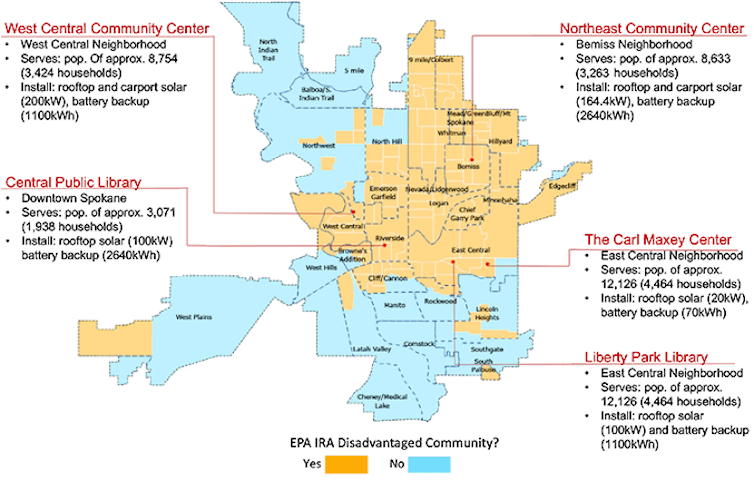Source: The Conversation – USA (2) – By Daniel Hungerman, Professor of Economics, University of Notre Dame

The multitrillion-dollar bill that President Donald Trump signed into law on July 4, 2025, will change how the U.S. tax code treats charitable donations. It also has several tax provisions that affect some colleges, universities and other nonprofits. The Conversation U.S. asked Daniel Hungerman, an economist who studies charitable activities and public policy, to explain how these tax policies could influence charitable giving and affect nonprofits.
What will change for donors?
The consequences generally vary depending on how much money a donor gives to charity. They also depend on whether a donor claims the standard deduction – as about 90% of U.S. taxpayers have done since the 2017 tax reforms took effect during the first Trump administration – or itemizes their tax returns.
Anyone taking the standard deduction, which will rise in 2025 to US$15,750 for an individual and $31,500 for married couples filing jointly, will get a new broadly available tax break of up to $1,000 for giving to a charitable nonprofit if they file on their own. Married couples filing jointly may deduct $2,000 from their taxable income if they give at least that amount to charity. To put this into sharper perspective, the average middle-income household gives about $3,300 annually.
Americans who give a bit more than the typical donor – say, between $5,000 and $20,000 – will see major changes too. In some places, it will become easier for people to deduct more of the amount they pay in state and local taxes from their federal taxes – at least for a few years. Those taxpayers may also deduct their charitable giving from their income when they file their taxes.
But there’s a new catch. People who itemize their taxes can’t claim the charitable deduction unless they give at least the equivalent of 0.5% of their adjusted gross income to charity. For example, someone who earns $100,000 a year would have to donate at least $500 to qualify for this tax break.
A similar new catch will apply to corporate donations: Unless corporations give at least 1% of their taxable income to charity, they will no longer get a charitable tax deduction.
The tax law also revises a rule that limits how much the biggest donors can give to charity and still get a tax break.
What could that mean for charitable giving?
Based on my research on tax policies and donations, I don’t expect the $1,000 charitable deduction for taxpayers who take the standard deduction to boost giving. The government has tried this before.
The first time was in the 1980s. Starting in 1982, people taking the standard deduction could take a charitable deduction. The amount changed annually. In 1984, for example, it was $75 – $236 in 2025 dollars. Congress ended this experiment with the 1986 tax reforms.
There was also a temporary $300 charitable deduction for people who took the standard deduction in 2020.
The results were underwhelming both times, for two reasons.
First, the maximum size of those tax breaks was too small in those earlier efforts. Many people were already giving enough to max out this new benefit. When that happens, the government is giving up tax revenue without encouraging people to donate more.
To be fair, there are a couple of reasons that things might be better this time. First, $1,000 in 2025 – or $2,000 for married couples filing jointly – is more money than the $300 deduction in 2020. Also, this time it is permanent. A permanent provision gives charities time to publicize the bill and people time to learn about it.
Another concern with this bill is that Americans who have not given to charity in the past might not begin to open their wallets but will still try to get the new $1,000 charitable deduction anyway by lying about it on their tax returns. There is evidence that a growing number of taxpayers try to game the tax system this way. The only way to stave off that sort of tax evasion would require additional work by the IRS, costing more tax dollars.
This part of the tax law also sends a message that giving is not just for the wealthy, but that everyone can do it and get a tax break for it. That could help halt or reverse a decline in gifts from people who aren’t rich. And it makes me wonder whether a charitable deduction for people who don’t itemize their tax returns will work better this time around.
What’s happening to higher education?
The government will raise its tax on the income earned by the endowments held by some colleges and universities from 1.4% to as much as 8%. The system is complicated and hinges on how large an endowment is per student enrolled. Colleges attended by fewer than 3,000 students don’t have to pay this tax.
Endowments are pooled financial investments that belong to a nonprofit. Those assets usually come from donations, and the income they earn typically flows into the nonprofit’s budget.
Several prominent schools are bracing for higher taxes. Yale University, for example, says it will have to pay $280 million once this goes into effect.
The higher endowment tax is unlikely to raise a whole lot of tax revenue, but it could force some schools to scale back financial aid, hike tuition or freeze hiring.
What about K-12 schools?
Perhaps the most significant change will be a new federal K-12 educational tax credit. Starting in 2027, it will be available to help offset the cost of private K-12 school tuition or other educational expenses, such as homeschooling. If someone makes a $1 gift to a nonprofit scholarship-granting organization – which would then deliver those funds to the school the donor designates – the government will cut their tax bill by $1. This tax credit can be worth up to $1,700 per year.
Many details about how this system would work are yet to be determined.
I believe that this provision could mark another step in the transformation of how private schools are funded in the United States. Beyond that, many private schools are run by churches, and many churches running schools already get large amounts of their funding from vouchers issued by state and local governments. Ultimately, private K-12 education could become an increasing source of revenue for churches.
What about nonprofits that provide social services?
Even if the megabill boosts charitable giving, nonprofits providing social services are likely to find themselves financially squeezed.
That’s because the bill also cuts spending and tightens eligibility restrictions on the Supplemental Nutrition Assistance Program, also known as food stamps, and Medicaid, the public health insurance program that mainly covers people who are low-income or have disabilities.
I have researched the effects of the welfare reforms President Bill Clinton signed into law in 1996. One of my findings was that when the government cut spending on safety net programs by a dollar, charities, including churches, stepped in to provide 25 cents of services or more. But for every extra dollar needed to compensate for lost government spending, donors only gave 5 cents more.
Another concern is that this bill makes permanent increases in the standard deduction – which I’ve found to have historically lowered charitable giving considerably. Perhaps the deduction for people who don’t itemize their tax returns, together with the state-and-local-taxes change, will counteract this trend. But it is certainly possible that Americans will give less to charity starting in 2025 compared with a world where there were no Trump tax reforms at all.
![]()
Daniel Hungerman is a professor at the University of Notre Dame, and a Research Associate at the National Bureau of Economic Research.
– ref. Trump’s ‘big’ bill gives millions of taxpayers a new charitable tax break, but whether it will help nonprofits is unclear – https://theconversation.com/trumps-big-bill-gives-millions-of-taxpayers-a-new-charitable-tax-break-but-whether-it-will-help-nonprofits-is-unclear-260379


